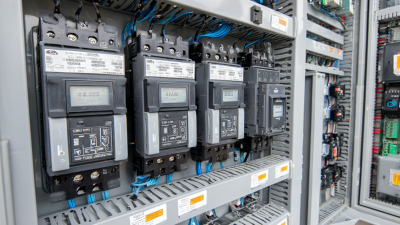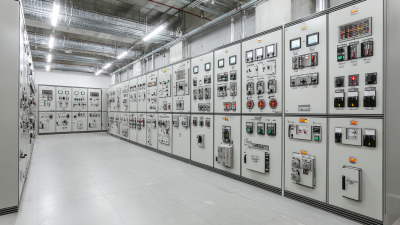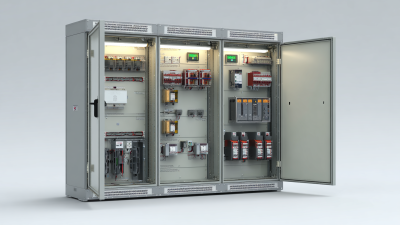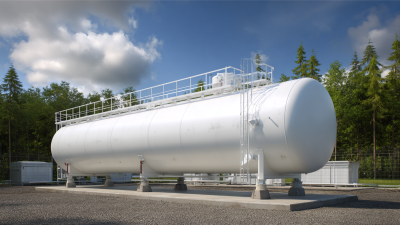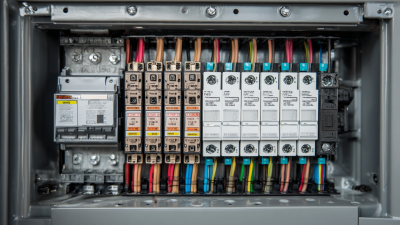Choosing the right Distribution Board is critical for ensuring the safety and efficiency of electrical systems in residential, commercial, and industrial settings. According to the International Electrotechnical Commission (IEC), an improperly selected distribution board can lead to serious electrical hazards, including equipment failure and fire risks. With over 60% of electrical fires attributed to faulty wiring and inadequate distribution setups, making informed decisions is paramount.
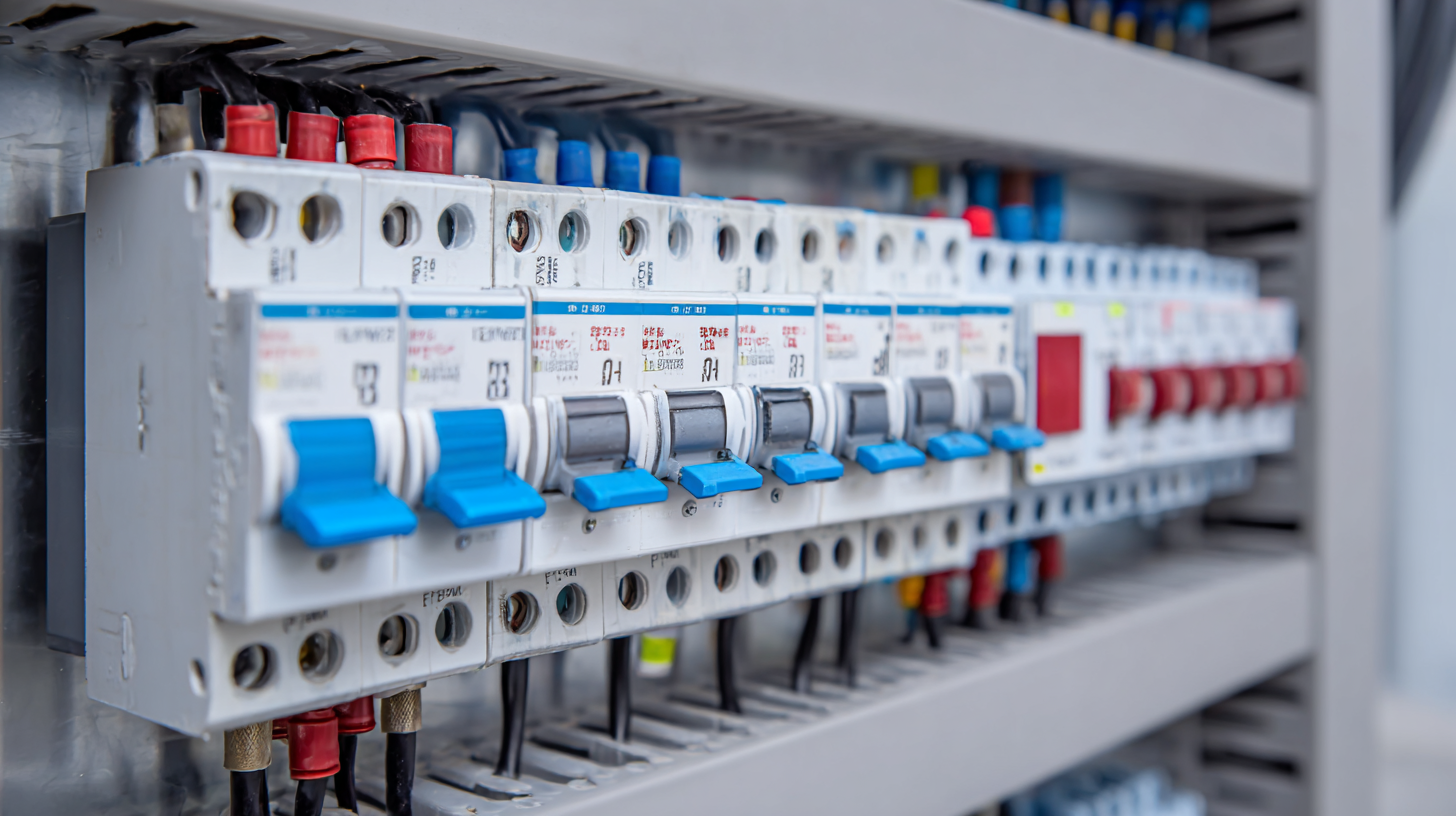
The global distribution board market is projected to grow by 5.6% annually through 2027, driven by rising energy demand and the need for robust electrical infrastructure. Thus, understanding the intricacies of distribution boards, including load capacity, installation requirements, and compliance with local regulations, is essential for any project manager, electrician, or homeowner looking to optimize their electrical systems while ensuring safety and reliability.
Choosing the right distribution board is crucial for managing your electrical needs effectively. Understanding your power requirements is the first step before making a decision. Start by evaluating the total wattage of all electrical devices you plan to connect to the system. This includes lights, appliances, and any other equipment. Consider your future needs as well; it's wise to choose a distribution board that can accommodate potential upgrades or additions in your electrical load.
Tips:
1. **Calculate Your Load**: Make a list of all devices and their wattages, then add them up to find your total power requirement. This will help you select a board that can handle the load comfortably.
2. **Plan for Expansion**: Opt for a distribution board with extra slots for circuit breakers. This foresight ensures that you can add new circuits without needing to replace the entire board in the future.
3. **Check Compliance**: Ensure that the distribution board you choose meets local electrical regulations and codes, as this is essential for safety and performance.
By accurately assessing your power needs and planning accordingly, you can make an informed choice that keeps your electrical system running smoothly.
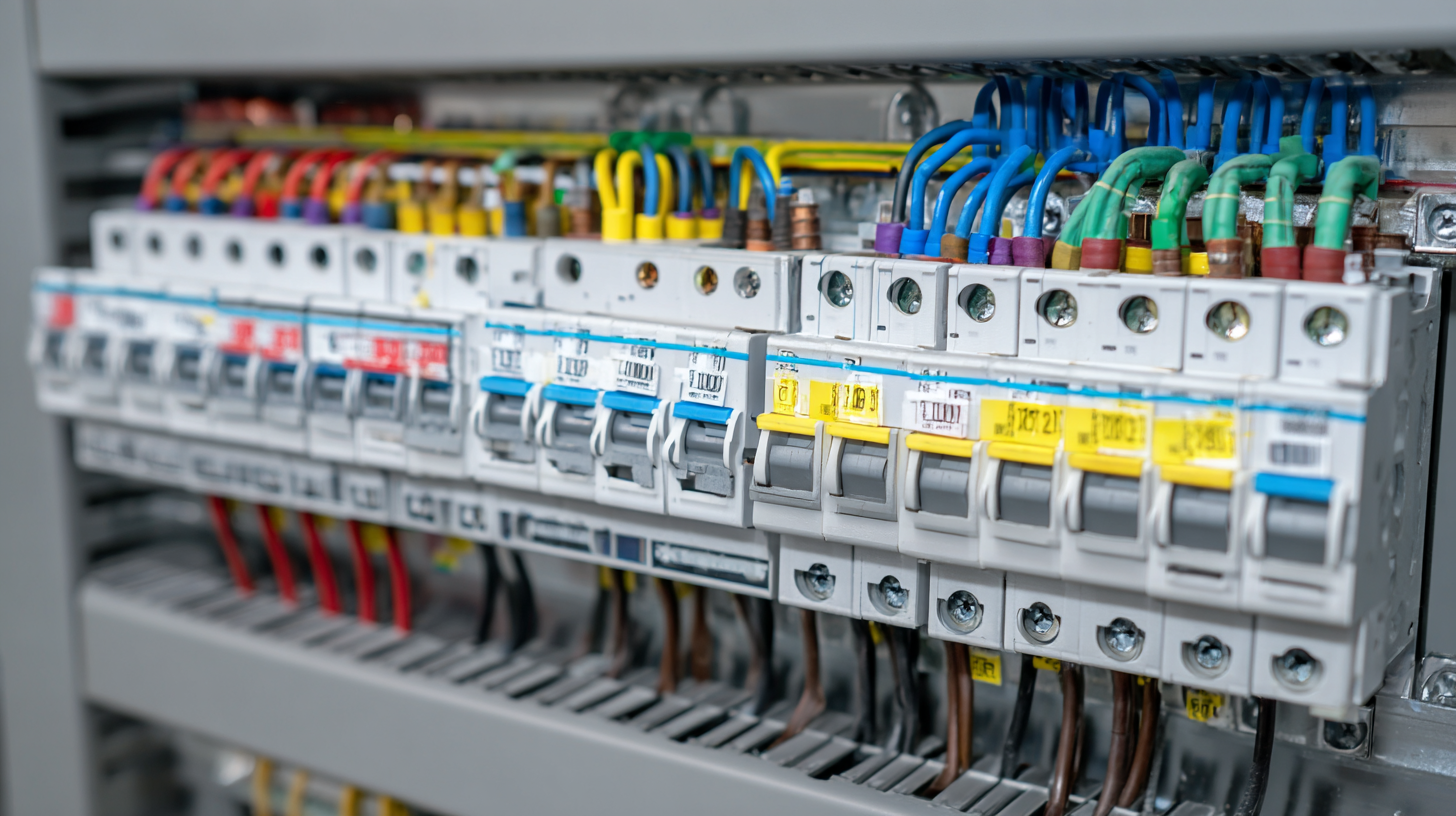
When selecting a distribution board for your electrical needs, understanding the various types and their applications is essential. The most common type is the single-phase distribution board, typically used in residential settings. These boards are designed to manage electricity from a single-phase supply, distributing it to lighting and outlet circuits. Ideal for homes, they often come with essential protective devices like circuit breakers to ensure safety.
In contrast, three-phase distribution boards are suitable for commercial and industrial environments where large power loads are common. These boards can handle more significant electrical demands and improve efficiency in distribution. Known for their durability, they often feature advanced protective mechanisms, including earth fault protection and overload relays. Additionally, specialized boards, such as those for lighting control or automation systems, cater to specific needs, making it crucial to assess the type of electrical installation and its purpose before making a decision.
When selecting a distribution board, it's crucial to focus on key features that align with your electrical needs.
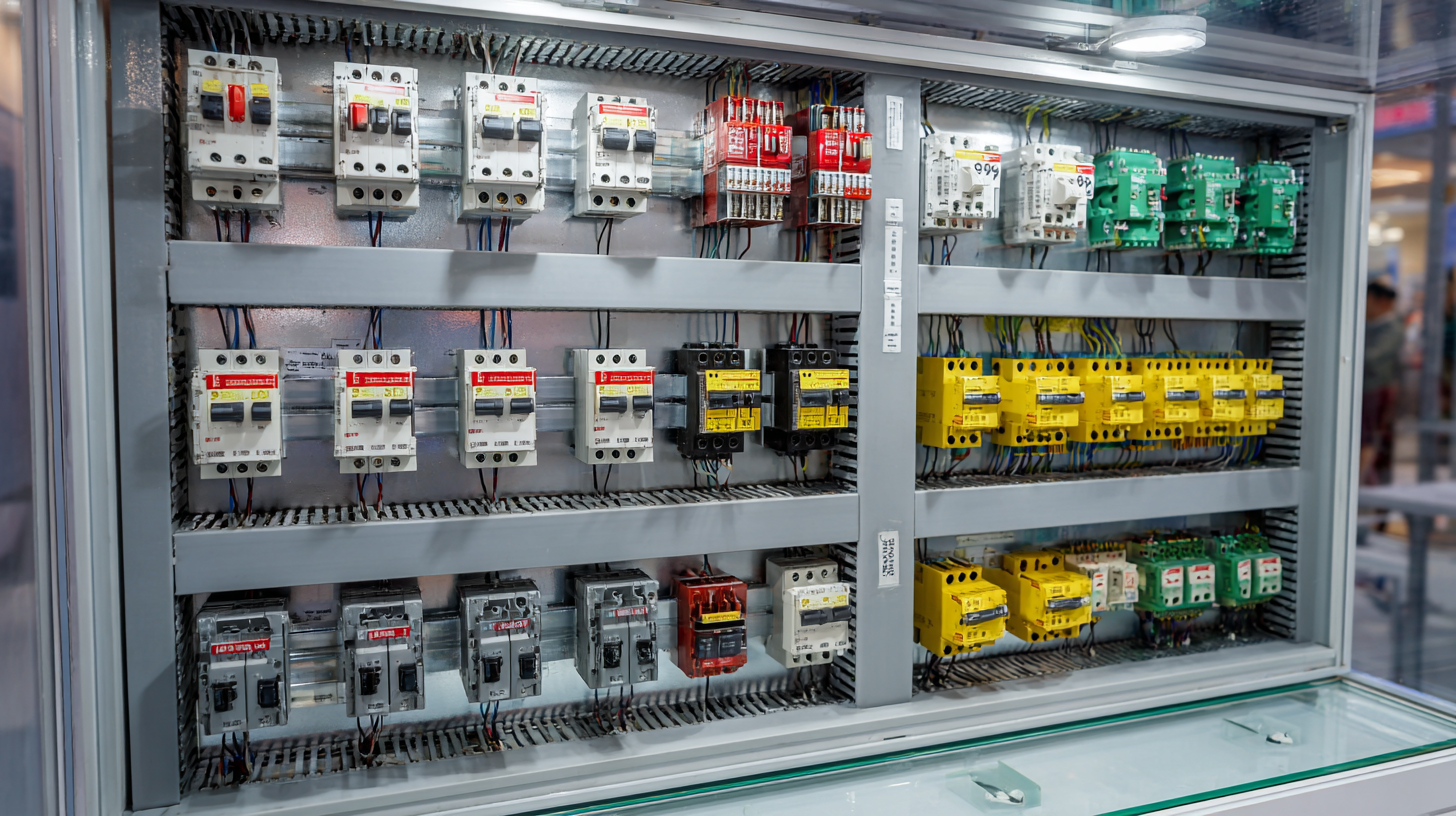 One of the primary considerations is the amperage rating, which should match the total anticipated load. Industry standards suggest that for residential applications, a distribution board rated between 100 to 200 amps is usually sufficient, ensuring it can handle modern electrical demands efficiently. According to the National Electrical Code (NEC), undersized panels can lead to overheating and potential safety hazards, emphasizing the importance of selecting the correct rating.
One of the primary considerations is the amperage rating, which should match the total anticipated load. Industry standards suggest that for residential applications, a distribution board rated between 100 to 200 amps is usually sufficient, ensuring it can handle modern electrical demands efficiently. According to the National Electrical Code (NEC), undersized panels can lead to overheating and potential safety hazards, emphasizing the importance of selecting the correct rating.
Another critical feature is the number of circuits available and their configuration. A well-designed distribution board provides flexibility for future expansions, allowing for the addition of new circuits without the need for a complete upgrade. Reports from the Electrical Safety Foundation International (ESFI) indicate that over 60% of electrical malfunctions arise from inadequate circuit planning and overloads. Therefore, choosing a distribution board with ample space for additional breakers ensures long-term functionality and safety, making it a wise investment for both residential and commercial applications.
When considering the installation of a distribution board, several key factors must be taken into account to ensure safety and functionality. First, assess the electrical load requirements of your premises by calculating the total power consumption of all circuits. This calculation aids in selecting a distribution board with the appropriate capacity, preventing overloads that could lead to electrical failures or hazards.
Additionally, the location of the distribution board is crucial. It should be easily accessible for operational monitoring and maintenance while ensuring it's installed in a dry, clean area away from moisture and heat sources. Proper mounting height is essential, as it facilitates easy access for both adults and electricians.
Furthermore, consider compliance with local electrical codes and regulations, which may dictate specific guidelines on installation and safety measures that must be followed to ensure the well-being of all building occupants.
When it comes to ensuring the longevity of your distribution board, regular maintenance is key. According to a report by the National Electrical Manufacturers Association (NEMA), approximately 25% of electrical failures in commercial buildings are attributed to poor maintenance of electrical distribution systems. To mitigate this, conducting routine inspections is essential. Check for signs of wear, loose connections, and any rust or corrosion that could compromise the integrity of the board. Additionally, maintaining clean connections will help prevent overheating, which NEMA identifies as a common cause of equipment failure.
Another critical aspect of distribution board maintenance is the regular assessment of load balancing. Studies have shown that uneven load distribution can lead to premature system degradation and failures, impacting overall efficiency. Recommended practices include recalibrating the load every six months and ensuring that breakers are not overloaded. Utilizing thermal imaging technology can also aid in identifying hotspots within the distribution board, allowing for timely interventions that can extend the board's lifespan significantly.
